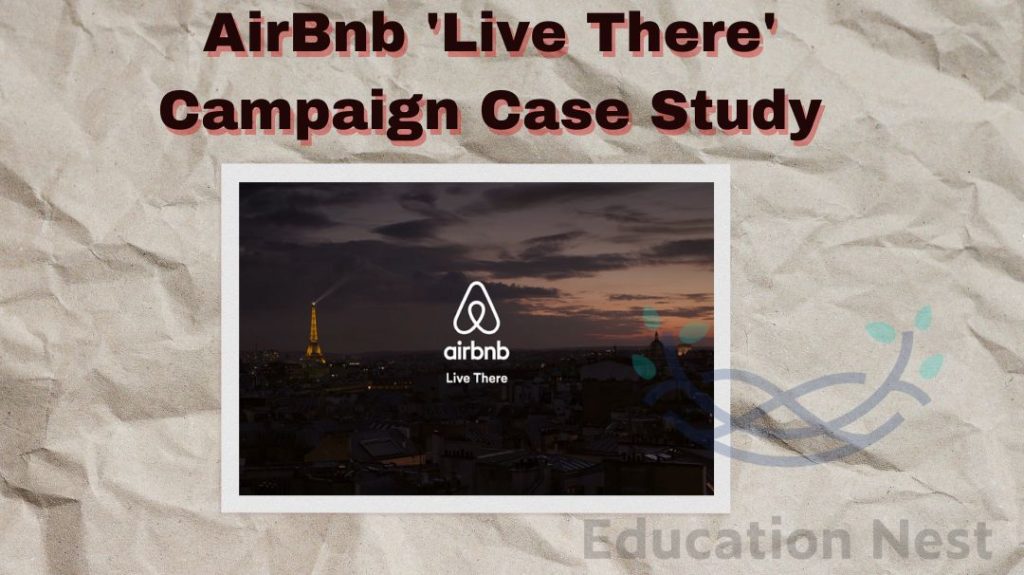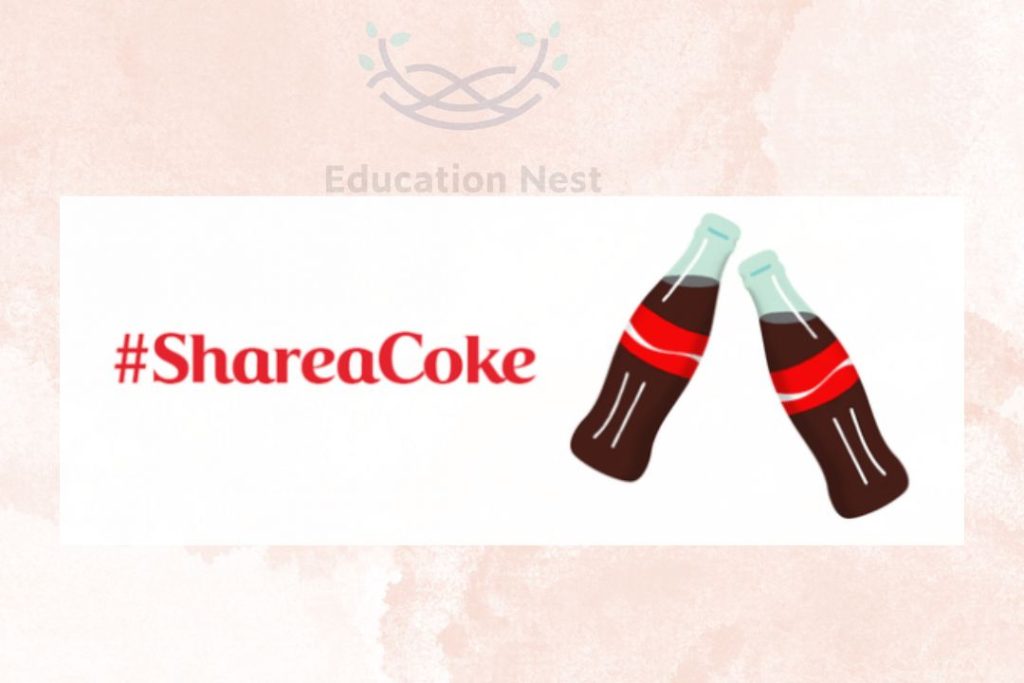
Digital marketing case studies are a great way to learn from the successes and failures of other companies in your industry. They can give you helpful information about what works and what doesn’t, so you don’t make the same mistakes. When reading a digital marketing case study, it is important to pay attention to the following:
- Campaign’s goals
- Target audience
- Marketing channels used
- Results achieved
By understanding these things, you can start to create your own digital marketing strategy.
Indeed, in this blog, we will be discussing the importance of digital marketing case studies along with examples.
First, let’s get a brief on what digital marketing is.
What is Digital Marketing?
Digital marketing is the promotion of goods or services using online tools like search engines, social media, email, and websites. It’s a broad term that includes a lot of different ways to market online, like:
- search engine optimization (SEO)
- pay-per-click (PPC) advertising
- content marketing
- social media marketing
Digital marketing is important because it lets businesses reach more people than other types of marketing. It’s also easier to track, so businesses can see how well their marketing campaigns are doing.
If you want to grow your business, digital marketing is a great way to reach new customers and increase sales.
Next, let’s understand the importance of digital marketing case studies.
Importance of Digital Marketing Case Studies?
Case studies in digital marketing are like real-life success stories that show how different strategies and tactics can help a business reach its online goals. They give important information about what works and what doesn’t in the digital world. Think of it as a puzzle where you can learn from other people’s experiences.
Why are they so important? So, let’s say you’re trying to figure out a hard math problem. Wouldn’t it be easier if someone showed you how they solved a problem like yours instead of making you start from scratch? That’s exactly what digital marketing case studies do!
They show us real-world examples of how businesses used digital marketing techniques to solve problems and get amazing results. By looking at these case studies, we can learn from their successes and failures and then use what we’ve learned to improve our own marketing.
Now, let’s study a few examples of digital marketing case studies to gain a better understanding.
Examples of Digital Marketing Case Studies
Well, we have learnt the meaning and importance of case studies in digital marketing. Now, to gain a better understanding, let’s go through detailed analysis of a few digital marketing case studies. We hope that by the end of this, you will be able to understand digital marketing better. Hence, let’s begin!
Airbnb’s “Live There” Campaign Digital Marketing Case Study

The goal of Airbnb’s “Live There” campaign was to promote real, local travel experiences and show that Airbnb is a place where travelers can fully experience the culture of their chosen destinations. The goal of the campaign was to use digital marketing channels to get travelers’ attention and encourage them to try new, unique things.
Objective-
- Increase brand awareness: The goal of the campaign was to make more people aware of Airbnb’s unique value proposition and set the brand apart from other hotels.
- Promote local experiences: Airbnb wanted to show people the benefits of staying in local neighborhoods and the chances to learn about other cultures.
- Drive user engagement: The goal of the campaign was to get people interested in traveling by showing them unique experiences and places through content and partnerships.
- Boost bookings: Airbnb wanted to get more bookings and more people to use its service, so it focused on how appealing local travel experiences were.
Strategies Used-
- Influencer collaborations: Airbnb worked with popular bloggers, Instagrammers, and content creators in different cities around the world. The goal of these partnerships was to make personalized city guides, show off unique experiences, and encourage travelers to check out neighborhoods in other cities.
- Social media engagement: The campaign asked people to share their travel stories on social media using hashtags related to the campaign. Airbnb used user-generated content to make the campaign feel more like a community and more real.
- Multimedia content: Airbnb made interesting multimedia content, like videos and blog posts, that showed how living like a local can be beneficial. This content was shared on many digital platforms, like Airbnb’s website and social media.
Results-
- Increased brand visibility: The “Live There” campaign got a lot of attention from the media and social media, which made the brand more visible and known.
- Higher user engagement: The campaign encouraged user-made content and social media interactions, which helped Airbnb users and potential travelers feel like they were part of a community.
- Growth in bookings: The campaign’s focus on local experiences and cultural immersion made more people book on Airbnb and use the platform.
- Positive brand sentiment: Users and travelers liked that the campaign focused on being real and making connections with people in the area.
Key Takeaways-
- The power of authenticity: By promoting real and local travel experiences, Airbnb tapped into a growing consumer desire for unique and personalized travel adventures.
- Influencer partnerships increase participation: By working with well-known bloggers and content creators, Airbnb was able to reach more people and make more interesting, locally relevant content.
- Personalization enhances user experience: Using user data to personalize travel suggestions and recommendations makes users more interested and happy.
In conclusion, Airbnb’s “Live There” campaign used digital marketing strategies well to promote real travel experiences and get people to interact with the site. Airbnb was able to increase brand awareness, build a sense of community, and get more bookings by working with influencers and making personalized content. The campaign’s focus on authenticity and customization gave valuable information about what consumers want and showed how important it is for the travel industry to offer customized experiences.
Also Read:
Digital Marketing Salary: How To Build A Rewarding Career
Coca-Cola’s “Share a Coke” Campaign Case Study

The “Share a Coke” campaign by Coca-Cola was a very successful digital marketing effort that tried to get to know consumers on a personal level. People were asked to share their experiences on social media using the hashtag #ShareACoke and famous names were printed on Coca-Cola bottles as part of the campaign. The goal of the campaign was to give people a sense of being unique and help them feel more connected to the brand.
Objectives-
- Boost brand engagement: The goal of the campaign was to get people more involved by getting them to share their custom Coca-Cola bottles and stories on social media.
- Generate social media buzz: Coca-Cola wanted to get a lot of user-created content and conversations going on social media sites.
- Increase brand loyalty: The campaign’s goal was to make people feel more connected to and loyal to the Coca-Cola brand by putting popular names on the bottles.
- Drive sales: In the end, the goal of the campaign was to boost sales of Coca-Cola by making people excited about and want to collect the personalized bottles.
Strategies-
- Customized bottles: Coca-Cola put the names of famous people on their bottles, so people could find their own names or the names of people they cared about. The goal of this method of personalization was to make a strong emotional connection and get people to talk about their experiences.
- Social media integration: Coca-Cola actively encouraged people to share photos and stories about their personalized bottles on social media sites with the hashtag #ShareACoke. This strategy took advantage of user-generated content and the power of sharing on social media.
- Influencer collaborations: Coca-Cola worked with influencers and celebrities who shared their own personalized bottles and experiences on social media. This made the campaign’s reach and impact even bigger.
Results-
- Massive social media engagement: The #ShareACoke hashtag was used in millions of posts and interactions during the campaign, which led to a lot of user-generated content on social media sites.
- Brand visibility: Because of the personalized bottles and user-generated content, the campaign got a lot of attention from the media and went beyond traditional marketing channels.
- Increased brand loyalty: The campaign gave people a sense of personal connection and emotional attachment, which made them more loyal to the brand and made them feel good about it.
- Sales impact: Coca-Cola’s sales went up because of the “Share a Coke” campaign. There was more demand for personalized bottles, and overall sales went up.
Key Takeaways-
- Consumers respond positively to customization: The personalization strategy of the campaign hit a nerve with consumers, giving them a sense of ownership and making them feel closer to the brand.
- User-generated content drives engagement: By asking customers to share their experiences on social media, a huge amount of user-generated content was created, which increased engagement with the brand and made it more visible.
- Using influencers increases reach: Partnering with celebrities and people with a lot of influence helped the campaign reach more people and create more buzz and excitement.
In the end, Coca-Cola’s “Share a Coke” campaign was a success because it used digital marketing techniques to give customers a personalized and interesting experience. The campaign’s focus on personalization, integration of social media, and partnerships with influencers led to more brand engagement, loyalty, and, in the end, sales. The success of the campaign showed how important it is to appeal to the emotions of consumers, use user-generated content, and personalize marketing.
Swiggy Match Day Mania Digital Marketing Case Studies

The “Swiggy Match Day Mania” campaign was a digital marketing effort by Swiggy to get users interested during the cricket season in India. The campaign combined the fun of cricket with the convenience of food delivery by giving users the chance to win prizes and discounts by making predictions about cricket games.
Objectives-
- Enhance user engagement: The goal of the campaign was to get people involved by using the popularity of cricket and making the experience fun and interactive.
- Enhance app downloads and utilization: Swiggy wanted to bring in new users to the platform and get current users to order food through the app during cricket matches.
- Build brand loyalty: The goal was to keep existing users coming back by giving them special rewards and discounts through the prediction game.
- Generate social media buzz: The goal of the campaign was to get people talking about the brand and increase its visibility on social media sites by getting people to take part and share.
Strategies and Execution-
- Cricket-based guessing game: Swiggy made a prediction game in its app where users could guess how cricket games would end and win prizes like cashback offers, discounts, and vouchers.
- In-app promotions: Swiggy used banners, notifications, and personalized messages within the app to draw users’ attention to the “Swiggy Bowl Mania” campaign.
- Social media engagement: Swiggy actively engaged with users on social media platforms by running contests, sharing updates, and encouraging users to share their predictions and experiences using campaign-specific hashtags.
- Influencer collaborations: Swiggy teamed up with well-known social media influencers and cricket fans to make interesting content, promote the campaign, and get people talking about it among their own followers.
- Real-time updates: Swiggy kept users interested and excited about the campaign by giving them real-time updates on match scores, player performances, and leaderboard rankings.
Results
- Increased user participation: During the “Swiggy Bowl Mania” campaign, there was a big jump in user engagement. A lot of people played the prediction game and talked about it on social media.
- App downloads and use: Users were encouraged to order food through Swiggy while playing the prediction game during cricket matches. This led to a rise in the number of app downloads and usage.
- Increased brand loyalty: The campaign’s special rewards and discounts helped build brand loyalty and get people to buy from the company again and again.
- Social media buzz: Many people talked about the campaign on social media, using campaign-specific hashtags to share their predictions, experiences, and excitement.
Key Takeaways:
- Taking advantage of popular events: By timing the campaign to the cricket season, Swiggy took advantage of how popular and exciting cricket is, which helped to get people interested in the brand and increase brand visibility.
- Gameplay and rewards: Users were more likely to participate and use the Swiggy platform more when it had a prediction game and offered attractive rewards.
- Influencer partnerships expand reach: Working with influencers and cricket fans helped Swiggy’s campaign reach more people, bring in new users, and create buzz on social media.
In conclusion, Swiggy’s “Swiggy Bowl Mania” campaign successfully used digital marketing strategies to engage users during the cricket season, drive app downloads and usage, strengthen brand loyalty, and create buzz on social media. The success of the campaign was helped by a cricket-themed prediction game, in-app promotions, social media engagement, and partnerships with influential people. The results of the campaign show how important it is to use popular events, gamification, rewards, and partnerships with influencers to create effective digital marketing campaigns.
Well, we covered three major digital marketing case studies. At this point, you must have had an understanding of digital marketing campaigns and strategies.
Conclusion
In conclusion, these digital marketing case studies show how companies have used digital marketing strategies to reach their goals in the real world. From Airbnb’s “Live There” to Coca-Cola’s “Share a Coke,” these case studies show how engaging content, social media, influencer partnerships, and personalized experiences can increase brand awareness, customer engagement, and sales. By using digital platforms, these companies have been able to reach their target audiences, build brand loyalty, and stand out in markets where there is a lot of competition. Businesses that want to make a big difference in the digital world can learn a lot from these case studies and get ideas from them.

